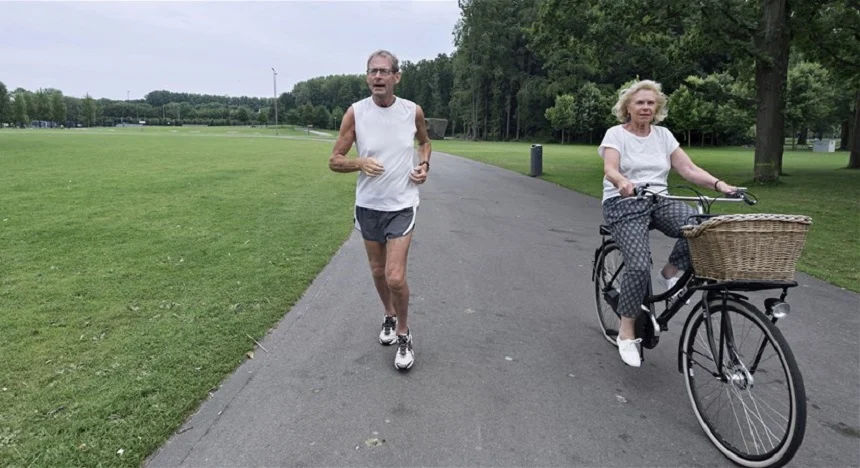Senior Personal Trainer educational program creates exciting new career opportunities for you. Our Association training opens doors into the homes and gyms of valued personal training clients.
By Nan J.Corbo | ✅ Reviewed by Ray Butcher |
SeniorFitness is reader-supported. We may earn a commission through products purchased using links on this page. Learn more about our process here
You can provide the best specialized one-on-one training for older adults ranging from typical healthy individuals, to post-rehab stroke and cardiac clients, to active senior athletes.
You will profit from NASF practical approach to fitness education. Below are descriptions of just some of the vital topics you will study:
- The section entitled “Wellness-Oriented Custom Older Adult Training” provides complete step-by-step instructions for expanding a personal training business into a professional service that promotes total client wellness.
- “Focus on Senior Athletes” explores working with high-fit seniors, older competitive athletes, and sports-minded older adults who want to improve their golf and tennis games.
- “Points Training Systems” provides everything you need to quantify your client’s training program, thereby ensuring balanced training and adequate energy expenditure.
- “Management Principles” addresses legal, business, and marketing considerations. It shows you how to perfect your teaching, communication, and motivational skills. And it discusses important gerontological factors that you need to fully understand in order to be an effective senior personal trainer.
Additional topics covered by the NASF Senior Personal Trainer educational program include:
- Fall Prevention Sight/Hearing Deficits
- Risk Factor Considerations
- Older Adult Programming Guidelines
- Frequency, Duration, Intensity, Mode, and Progression
- Exercise Interactions and Implications
- Medical Clearance Requirements Techniques for Monitoring Intensity Levels
- Cardiovascular Concerns: CAD, Hypertension, TIA, Stroke, Intermittent Claudication
- Obesity
- Diabetes
- Back Problems
- Arthritis
- Osteoporosis
- Balance and Motor Control Deficits







